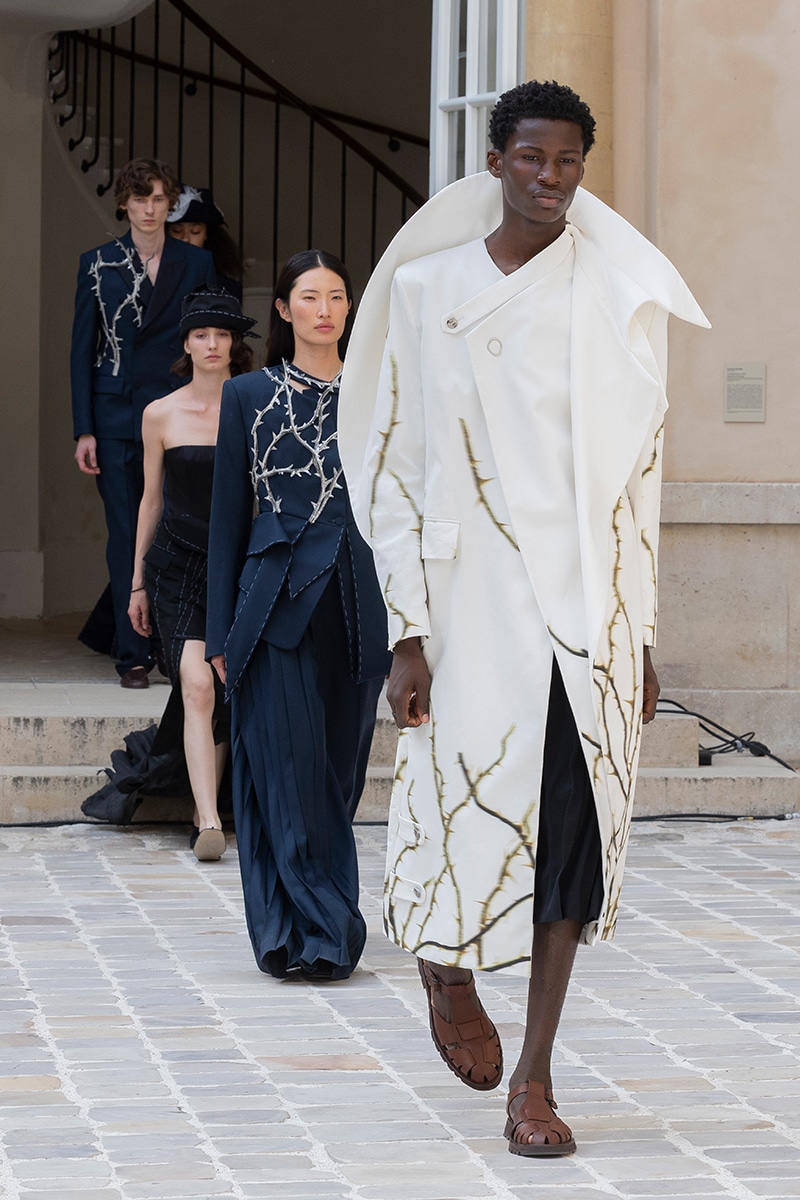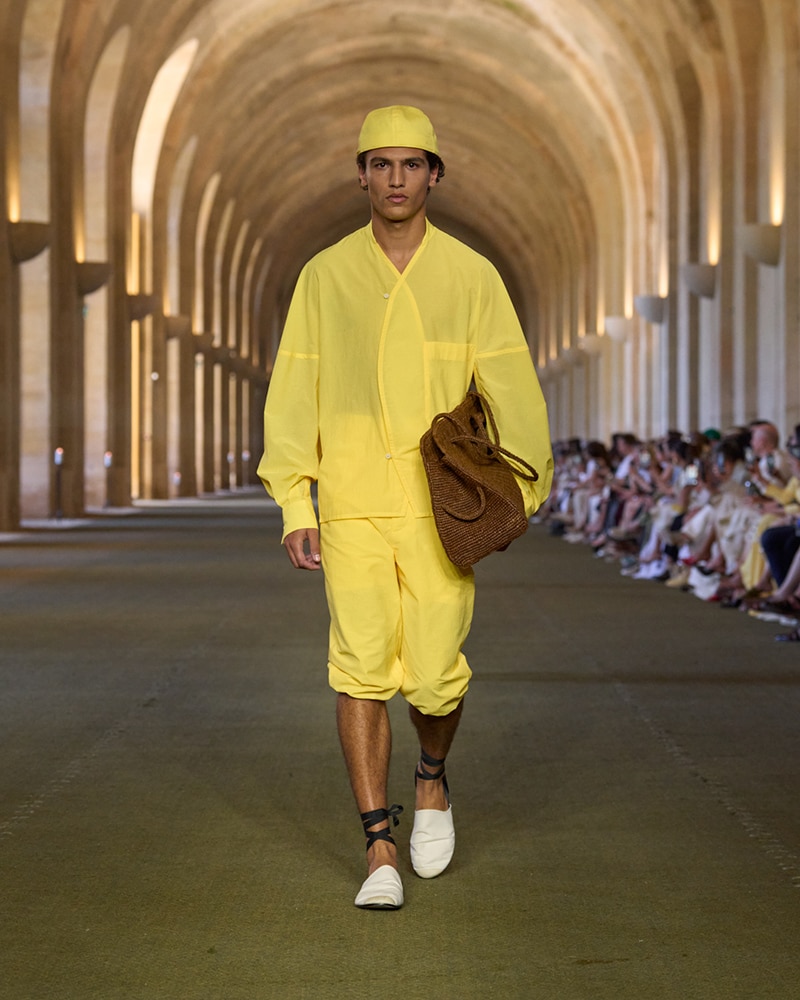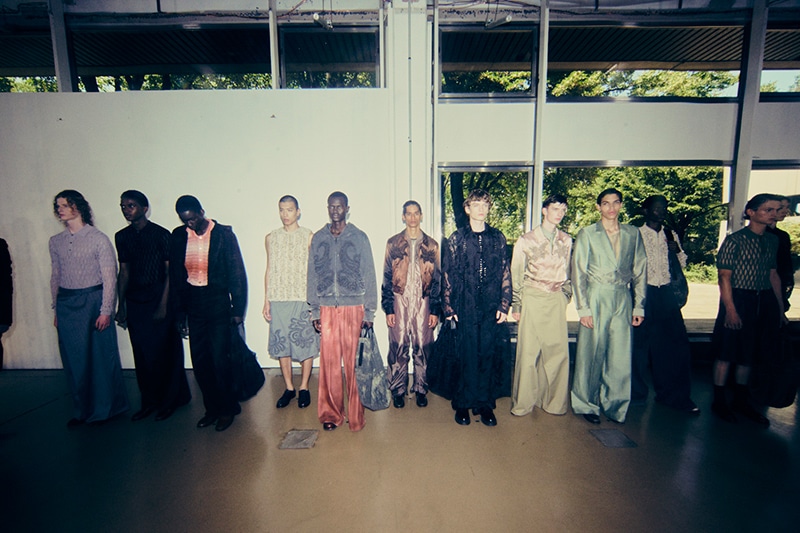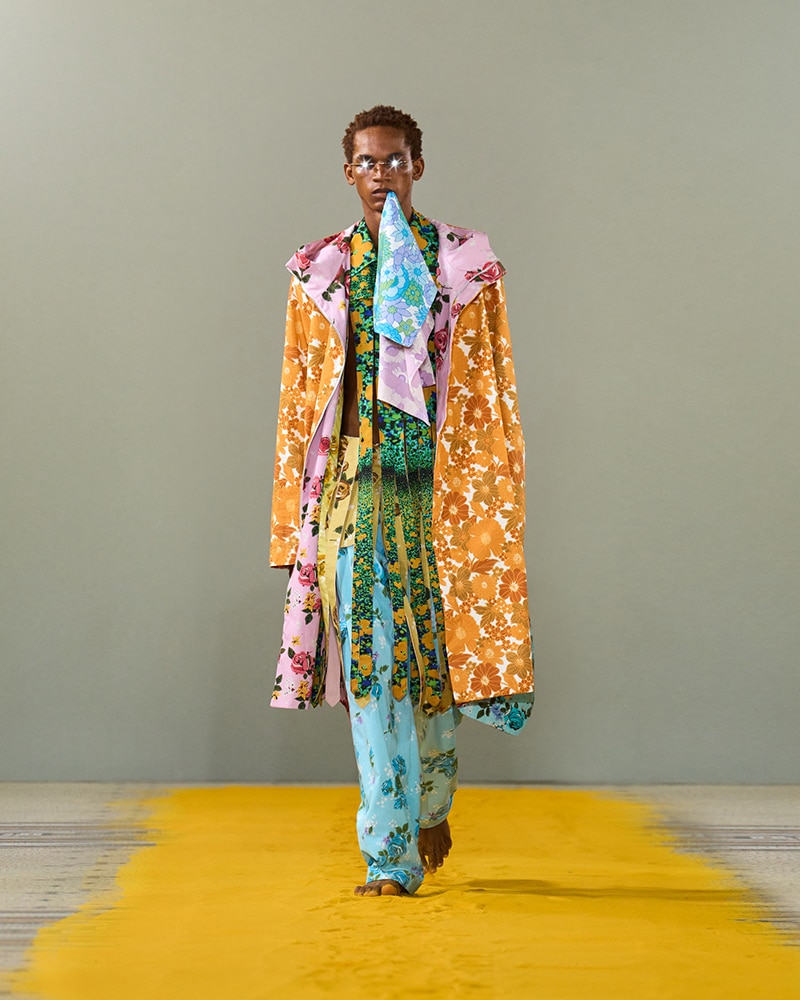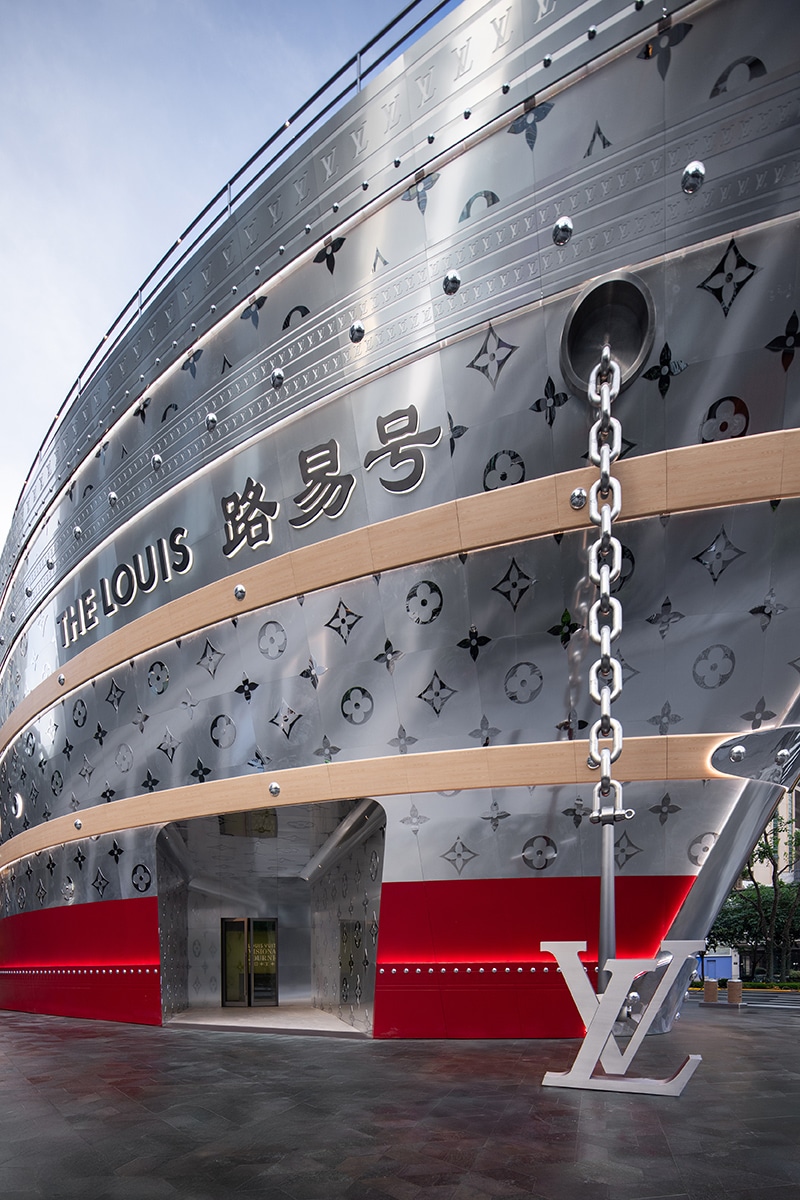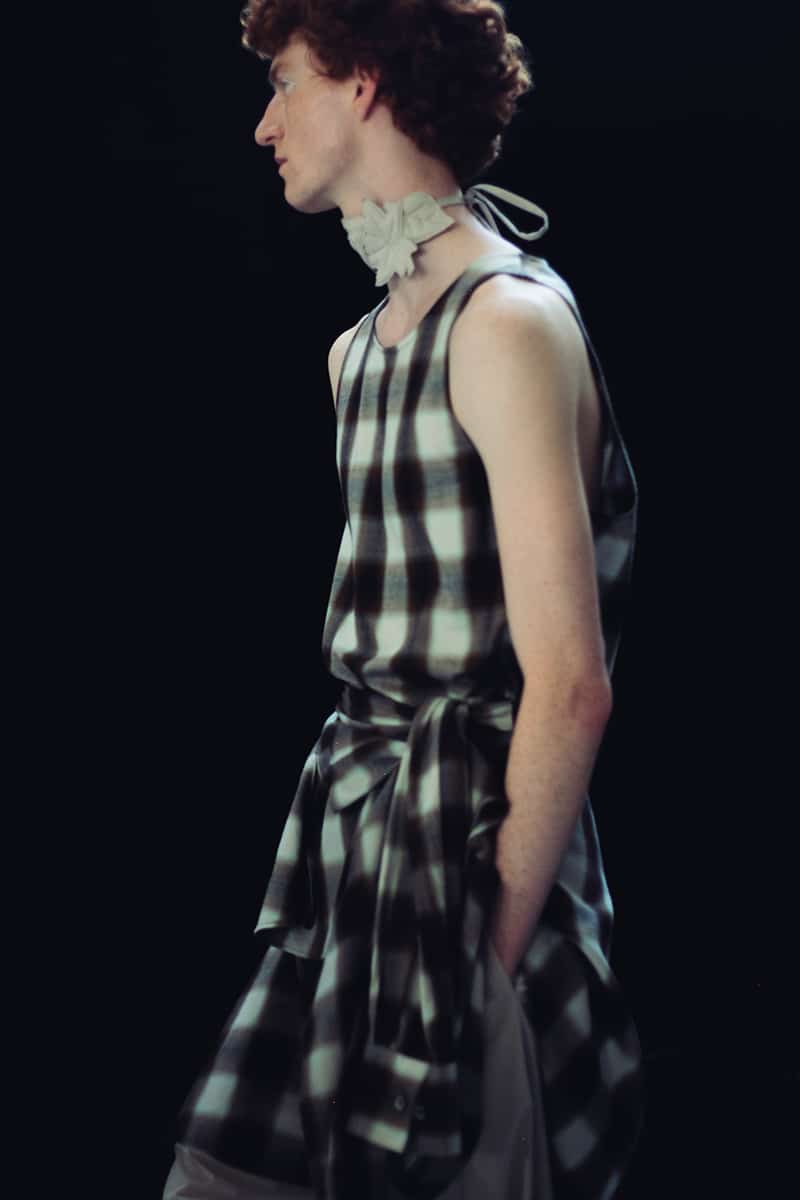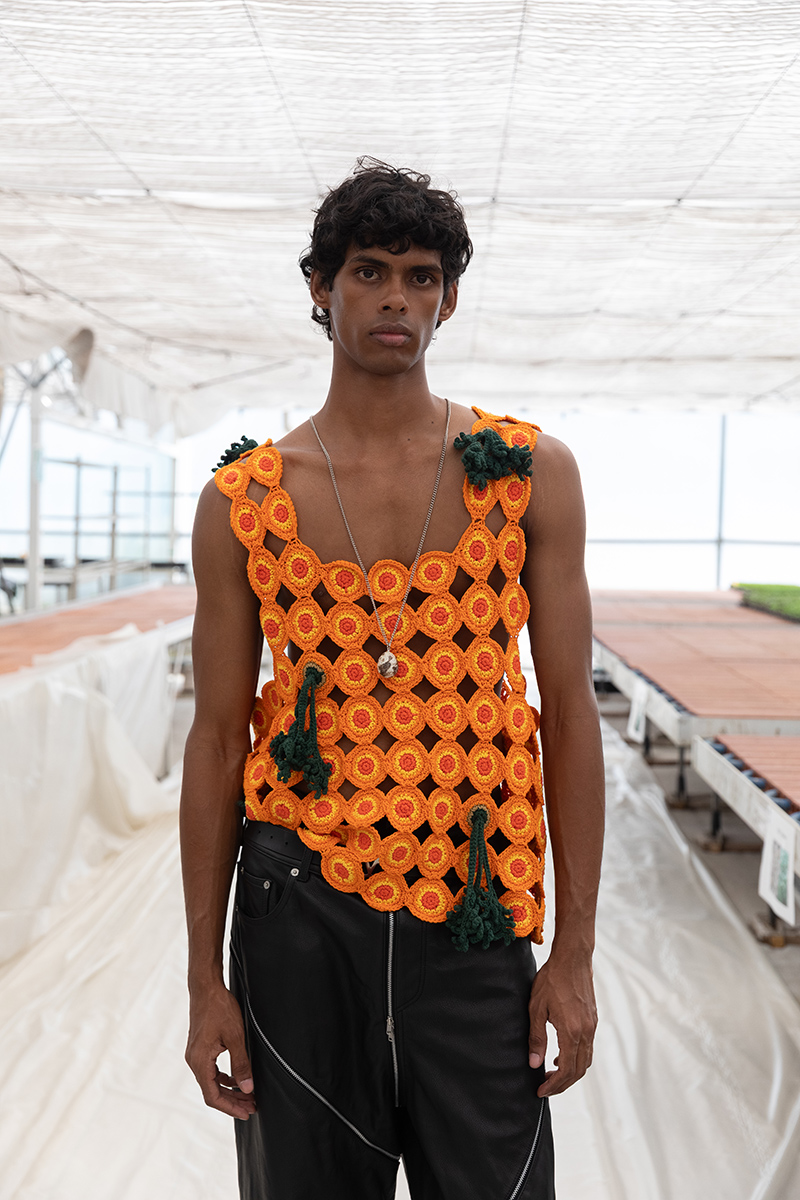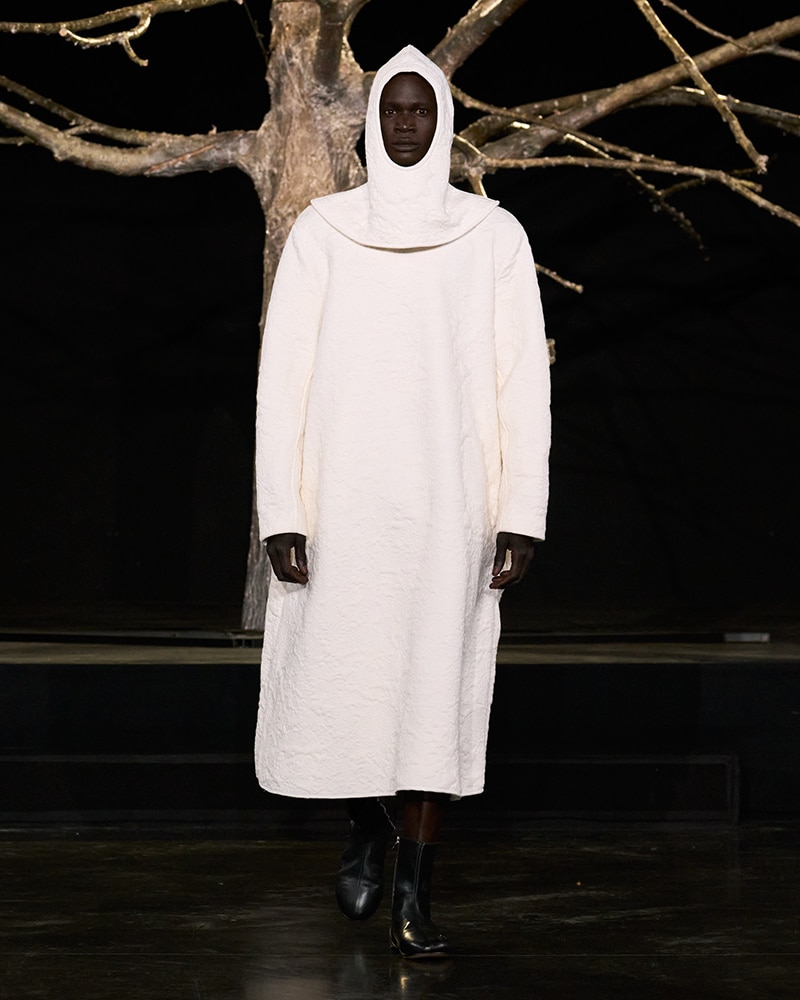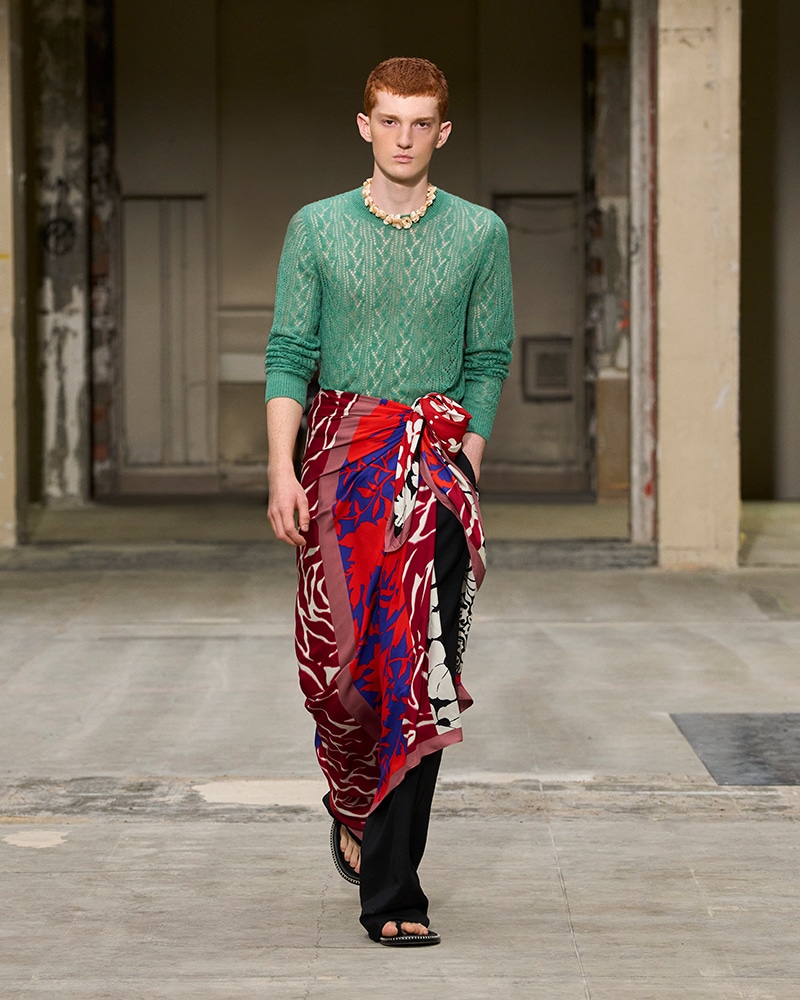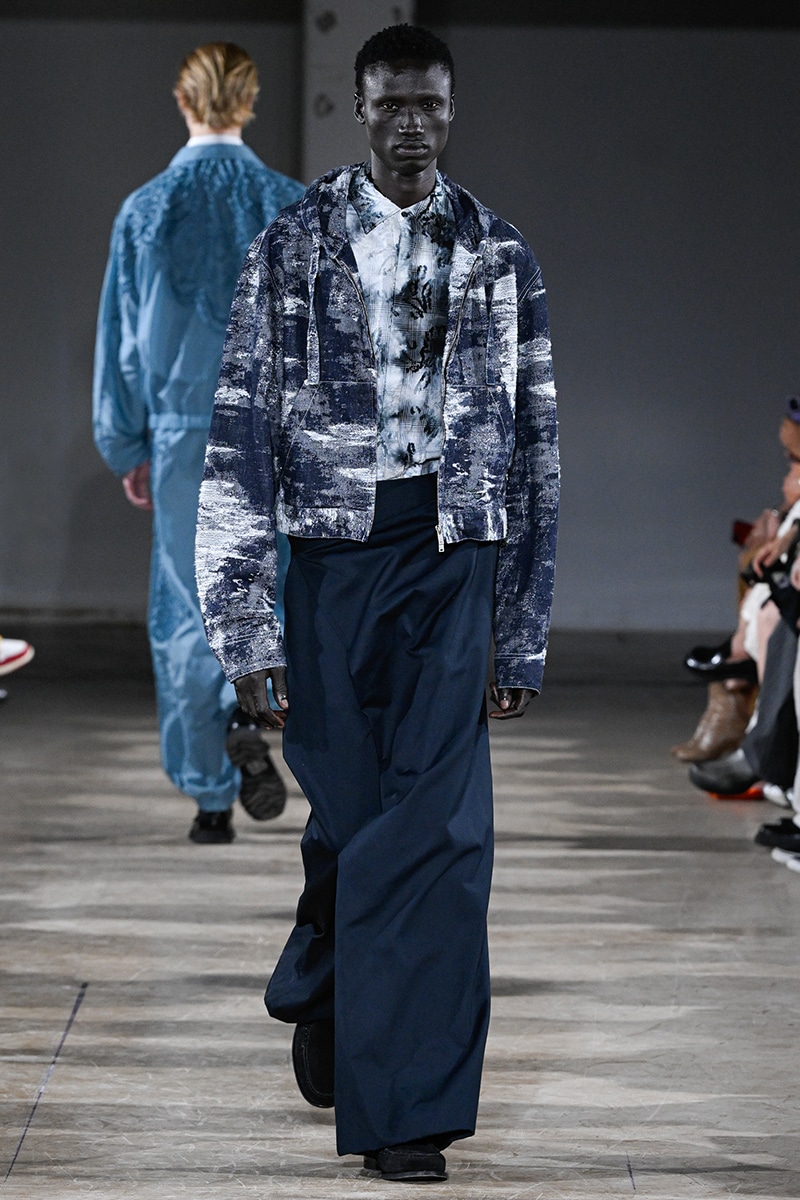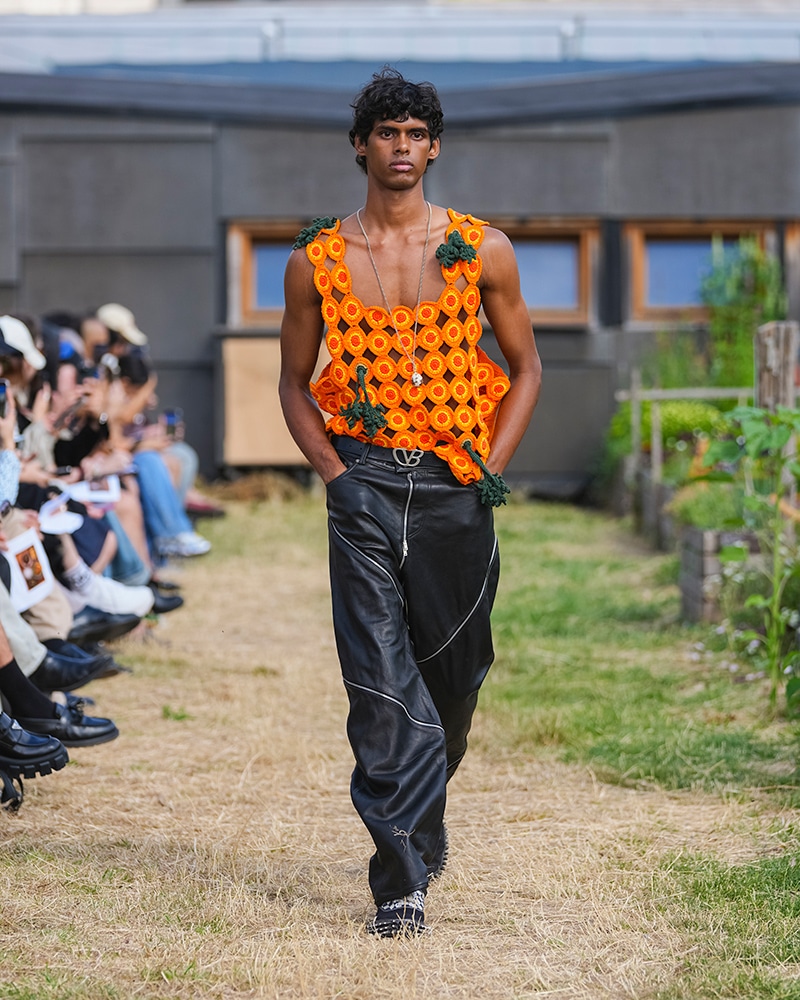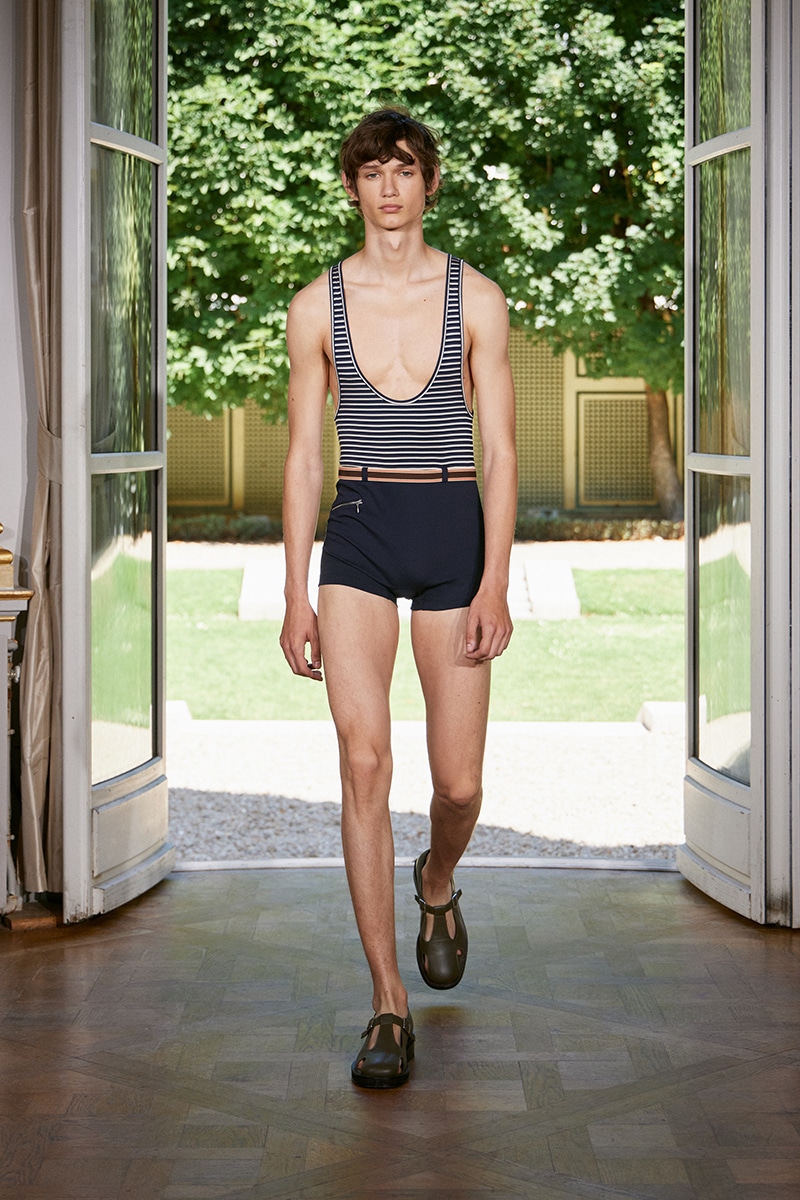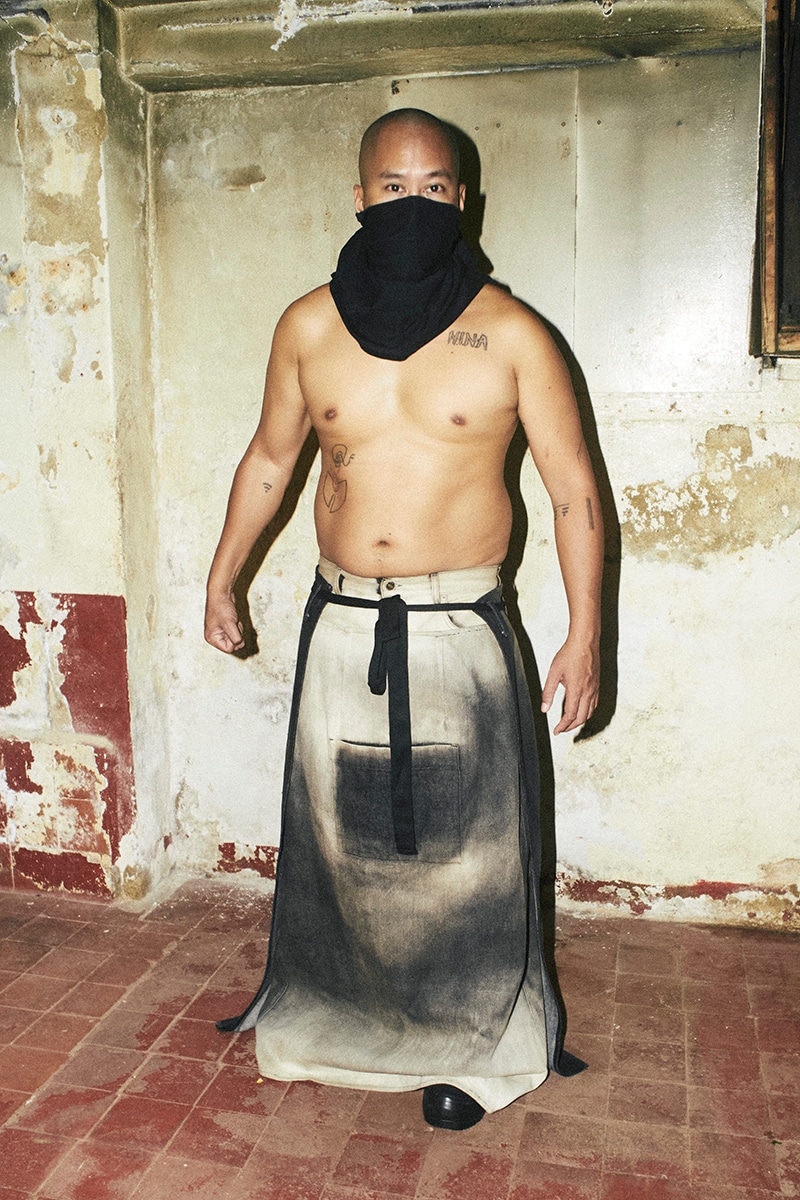Napa by Martine Rose
by Adriano Batista












For Fall/Winter 2017, Napapijri partnered with London menswear designer Martine Rose to create an exclusive collection that takes inspiration from the 90’s fusion of high-end fashion and streetwear, a period with a heavy focus on outerwear in which urban youth took high-end fashion from the catwalk and made it their own. Napapijri’s extensive archive and outerwear expertise allowed Martine Rose to choose individual iconic pieces that inspired her and merged them with the bold block colours from her research.
The collection was largely inspired by the iconic Skidoo anorak, created for an expedition to the North Pole. The Skidoo is at the core of the “Napa by Martine Rose” collection, a working outerwear piece chosen for its striking uniqueness and heritage. The original Skidoo is a one-off creation: made in specialist fabric to protect against the elements, it is heavily quilted and embellished with sponsorship patches. From this, Martine decided to keep some of the original details but updated the garment by playing with proportion, branding and colour.
Another style chosen from the archive, Napapijri’s iconic Rainforest jacket, is a waterproof piece designed for autumn and mild winter days. The original water-repellent outer shell and fleece were designed to complement an active lifestyle. Martine took this garment and flipped it on its head, preserving its practicality the garment was designed as a zip up jacket, rather than an over the head windbreaker. Experimenting with new fabrics and adjusting the proportions of the jacket amplifies the Martine Rose design aesthetic.
The collection includes a piece made of the brand’s heritage Curly Fleece fabric. Martine interpreted the Curly Fleece into a contemporary hoody whilst simultaneously retaining the original fabric.
“The most inspirational part was featuring heritage pieces such as the Skidoo and working with the original fabrics. It was a pleasure to be given the opportunity to incorporate, modify and update iconic pieces. I strived to keep Napapijri’s recognisable DNA in the collection”. – Martine Rose
VICTOR.DHYUKWON Pre-Fall 2017 Lookbook
Pinqponq 2017 Collection
Paris Fashion Week witnessed Steven Passaro’s Moonlit Lover Spring/Summer 2026 collection, an exemplar of the aftermath of love encountered after midnight and gone before sunrise.
Because home should never be denied to anyone. In a world where home shouldn’t be a privilege but a right, artist and activist Charlie Smits is stepping up. Smits has teamed up with Fundación… »
Simon Porte Jacquemus has fulfilled his dream, and in the process, he continues to invite us to dream with him.
We checked in with Takuya Morikawa to talk process, evolution, and the foundation in the essence of creation.
Berlin Fashion Week saw the return of Milk of Lime, fresh off their Berlin Contemporary win, with their Spring/Summer 2026 collection, CHIME.
Craig Green’s Spring/Summer 2026 collection feels like a half-remembered dream with shapes you recognize, but shifted just enough to make you look twice.
Photographer Denzil Jacobs presents a selection of eclectic looks photographed on the streets of Paris during Men’s Paris Fashion Week, outside Amiri, Rick Owens, 3.Paradis, Kidsuper and more, exclusively for Fucking Young!
Ikko Ohira photographed by Luis May and styled by Timothée Geny La Rocca, in exclusive for Fucking Young! Online.
At Paris Men’s Fashion Week, NAMESAKE’s Spring/Summer 2026 collection, INNERCHILD, didn’t just show clothes but also memories.
Designer Andrea Pompilio maps a wardrobe for modern nomads, one that looks collected rather than curated.
Louis Vuitton has always been about journeys, both literal and imaginative.
VIKTORANISIMOV chose an unlikely stage for its first Berlin Fashion Week presentation: a former telecommunications bunker, now The Feuerle Collection museum.
After the show, designer Feng Chen Wang caught up with us, to open up about the emotion behind this collection, and the brand’s evolving identity – accompanied by backstage moments captured by Leiya Wang.
Take a look at DOUBLET’s Spring/Summer 2026 backstage, captured by the lens of Rita Castel-Branco during Paris Fashion Week, in exclusive for Fucking Young!
Take a look at KIDSUPER’s Spring/Summer 2026 backstage, captured by the lens of Tiago Pestana during Paris Fashion Week, in exclusive for Fucking Young!
For Camiel Fortgens’ SS26, models walked the actual streets of Paris during Fashion Week, portable speakers in hand, each playing a fragment of the show’s soundtrack.
Singer-songwriter HUMBE is Mexico’s breakout pop star, leading us into a new era of sentimental pop.
Created with artist Samuel de Sabóia, the lineup weaves together regeneration, spirituality, and a question: What does the future of fashion look like?
ZIGGY CHEN’s PRITRIKE doesn’t shout. It hums like the low, steady pulse of rain on summer earth.
For their SS26 show, the adidas and Yohji Yamamoto collaboration traded the standard runway for something more visceral: a four-act performance directed by choreographer Kiani Del Valle.
After showing off-calendar for two seasons in a presentation format, the 2023 LVMH Prize-nominated designer Kartik Kumra is now the first Indian designer to be on the official menswear calendar.
SANKUANZ’s Spring/Summer 2026 collection finds its heartbeat in Tara, the Tibetan Buddhist goddess who exists between two worlds, both enlightened and earthly.
Creative director Julian Klausner builds his first men’s collection for the house like a love letter to contradictions.
Fashion often pretends to have answers. TAAKK’s Spring/Summer 2026 collection prefers questions.
Doublet doesn’t ask you to change the world. It just shows what happens when fashion remembers where it comes from.
The idea is simple but clever: take the rigid codes of a gentleman’s wardrobe and soften them for the heat.
For SS26, Hung La’s LỰU ĐẠN closes its trilogy “MAYHEM,” “YOU DON’T BELONG HERE,” and now “NO MAN’S LAND”, with a collection that stares straight at the people society ignores.
Marine Serre‘s Spring/Summer 2026 collection is about the quiet revolution happening in every stitch. Titled THE SOURCE, this is clothing that moves with purpose, crafted by hands that treat savoir-faire not as a relic, but as rebellion.
Here,… »
When J Balvin puts his name on something, you know it won’t be ordinary.
C.R.E.O.L.E.’s DOM TOP FEVER collection is a reckoning. It digs into displacement, memory, and the act of reclaiming stories that have been buried or distorted.












